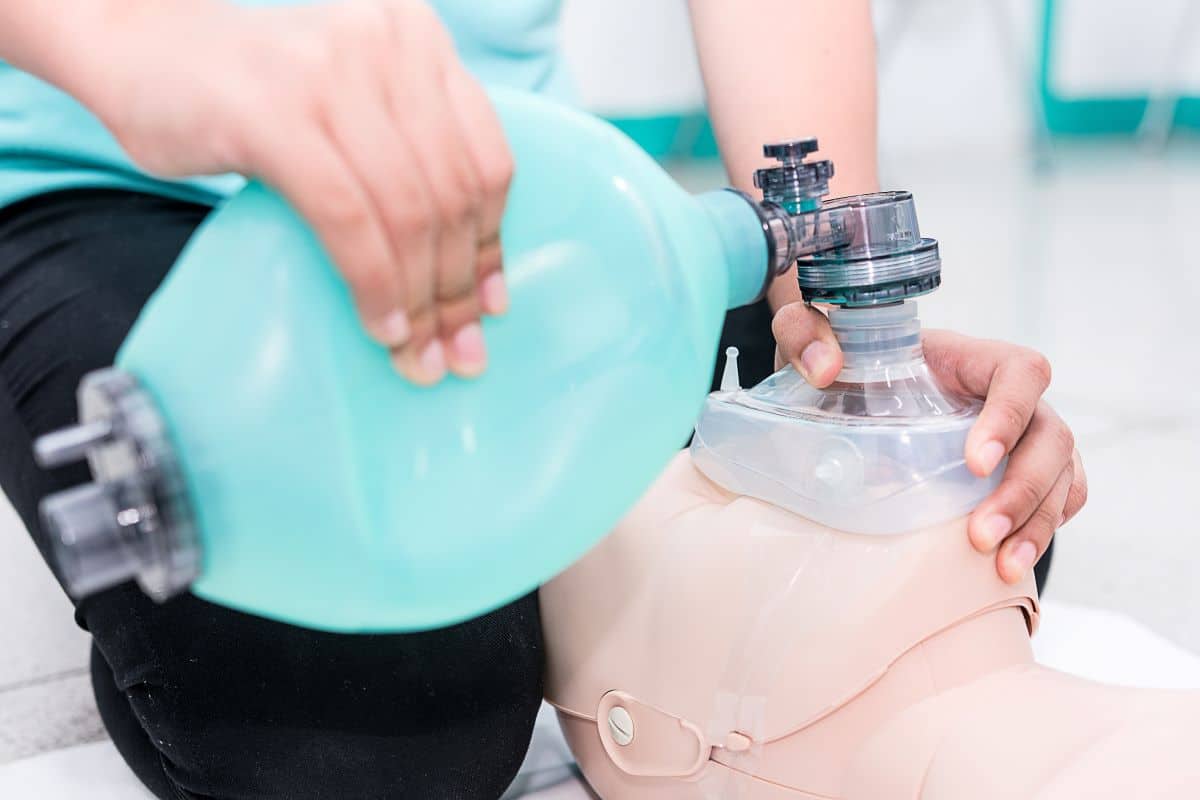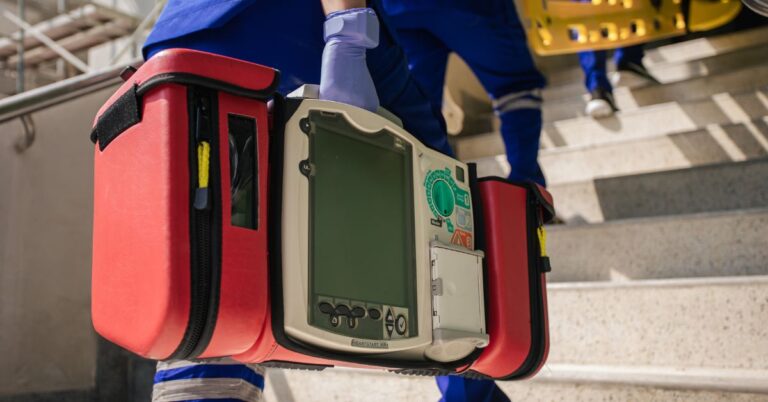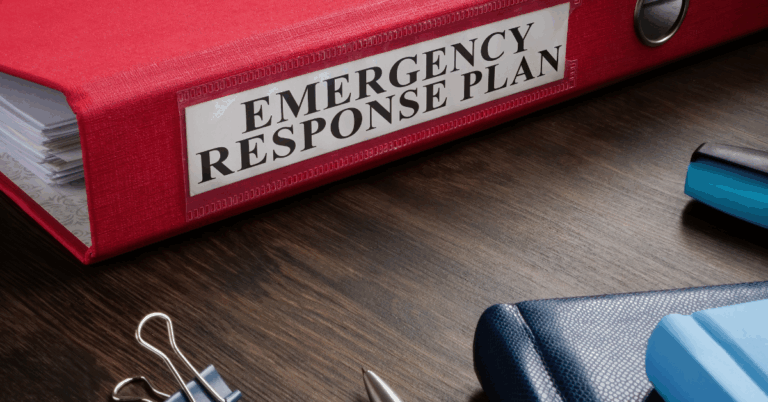
Mask Ventilation Do’s and Don’ts
When a patient is experiencing respiratory distress, mask ventilation is a life-saving procedure that ensures they continue to receive oxygen.
It’s essential to conduct mask ventilation correctly to keep the patient alive and minimize the chance of injury due to a lack of oxygen or airway obstruction. Follow these guidelines for effective mask ventilation.
Do: Use the Proper Ventilation Technique
When providing ventilations, the correct technique is essential to ensure the patient isn’t hyperventilated or hyperinflated.
Watch the patient for chest rise and gastric inflation to confirm they’re receiving the right volume of air.
Do: Have Ample Ventilators and EMS Accessories Available
It’s essential to have sufficient amounts of EMS accessories and ventilators available to treat patients. You don’t want to have to use an improperly-sized mask because you don’t have the mask size that you need in stock.
Ample inventory counts also ensure that you’re properly prepared to respond to a variety of emergencies
Don’t: Use Your Whole Hand
Instead of using your whole hand to deliver adequate ventilation, change your technique so that you use three fingers for adult patients and two fingers for infants and children.
This will allow you to control your rate more effectively, allowing you to provide the correct volume and pressure for your ventilations.
Don’t: Push the Mask onto the Patient’s Face
Avoid pushing the mask into the patient’s face, as this can cause their tongue to press against their throat and obstruct their airway.
After placing an appropriately sized mask on the patient’s face, use your thumbs to hold the mask in place while you thrust the patient’s jaw forward into the mask. This seals the mask to the patient’s face and encourages a clear airway.
Get the EMS Accessories You Need to Effectively Help Patients
Coast Biomedical Equipment has the ventilators and EMS accessories you need to maximize your level of patient care. Visit us online to begin your preparation today!





